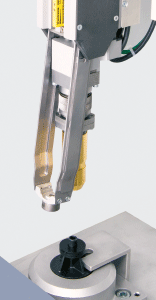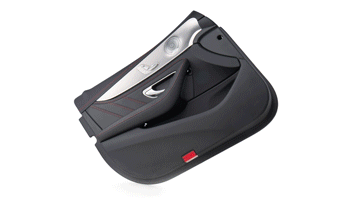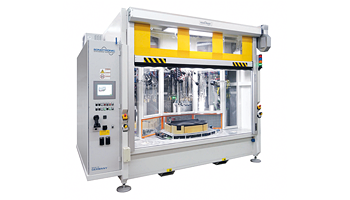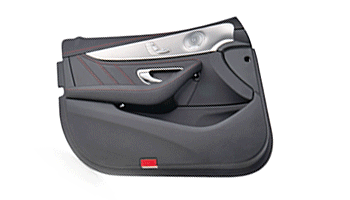SONOTRONIC GmbH
Becker-Goering-Str. 17-25
76307 Karlsbad, Germany
E-Mail: sales@sonotronic.de
Mon to Thu 8 am – 5 pm
Friday 8 am – 3 pm
Phone:
Infrared riveting
Optimal results due to focusing of the radiation
The infrared process is primarily suitable for processing parts whose material properties are not ideal for ultrasonic processing. Thus, infrared is a useful supplement to ultrasonic riveting. Both processes are extremely energy-efficient and thus clearly superior to hot air and hot stamp riveting.
Infrared riveting is considered a particularly gentle process. In contrast to heat-contact or friction-generating joining processes, infrared riveting is non-contact and thus prevents particle formation, buildup on the tool, and markings on the sensitive surfaces or visible sides of the workpieces. With intensive development work, SONOTRONIC has succeeded in achieving similar energy efficiency with infrared riveting as with ultrasonic riveting.
The compact infrared units from SONOTRONIC work with focused, short-wave infrared radiation. This not only generates the radiation quickly, but also succeeds in penetrating deep into the material at a targeted distance from the component and uniformly heating and plasticizing the rivet dome right down to the bottom. The process has also been optimized to ensure that virtually no smoke develops during riveting. After heating the rivet dome, the rivet head is homogeneously formed by the rivet calotte. The result is riveted joints that do not recover and have very high strength.

Advantages
- Compact design compared to known market solutions
- High efficiency of the infrared lamp due to focusing of the generated infrared rays
- Heating and embossing in one position (no warping)
- Quick change of the infrared lamp possible, due to exchangeable head
- Integrated purge air and electrical guide
Applications
- Glove box
- Door panel
- Luggage net
- Deco trim


